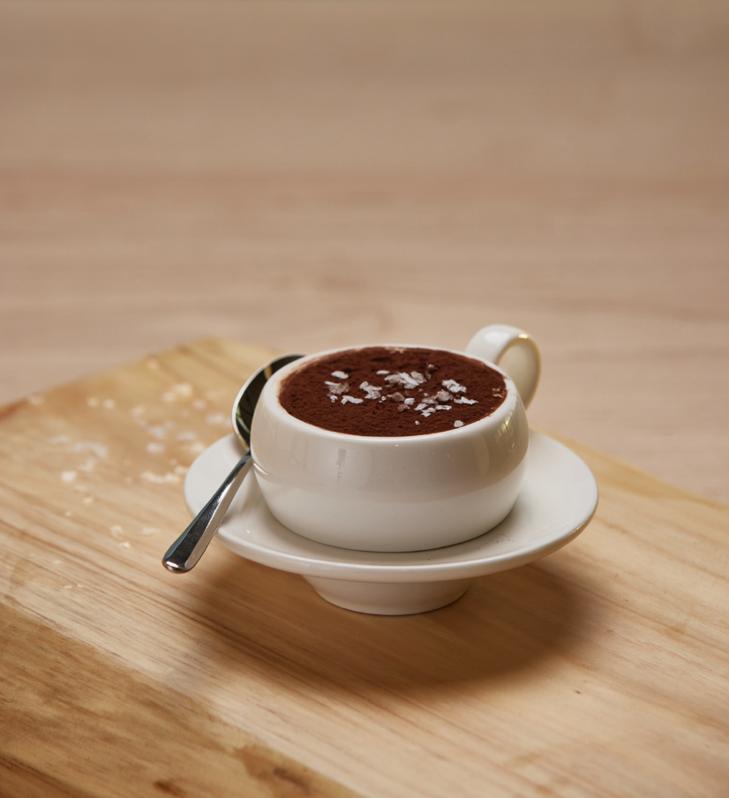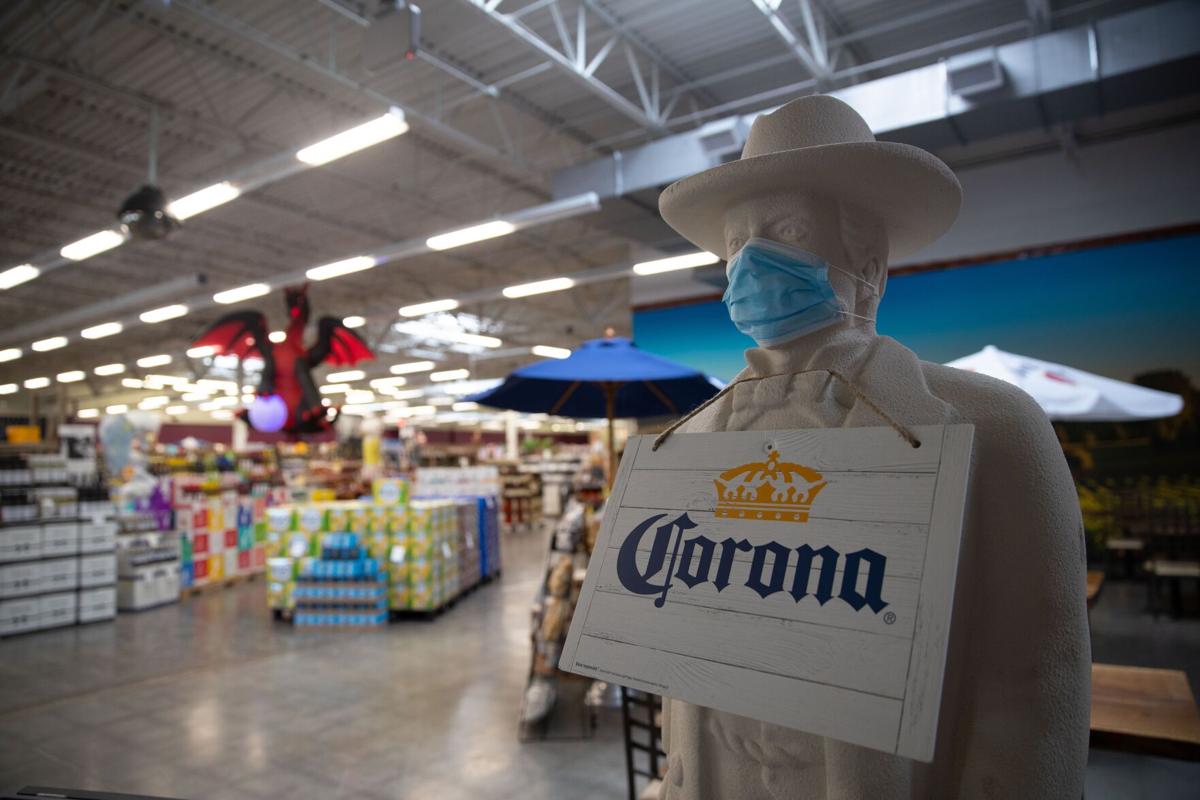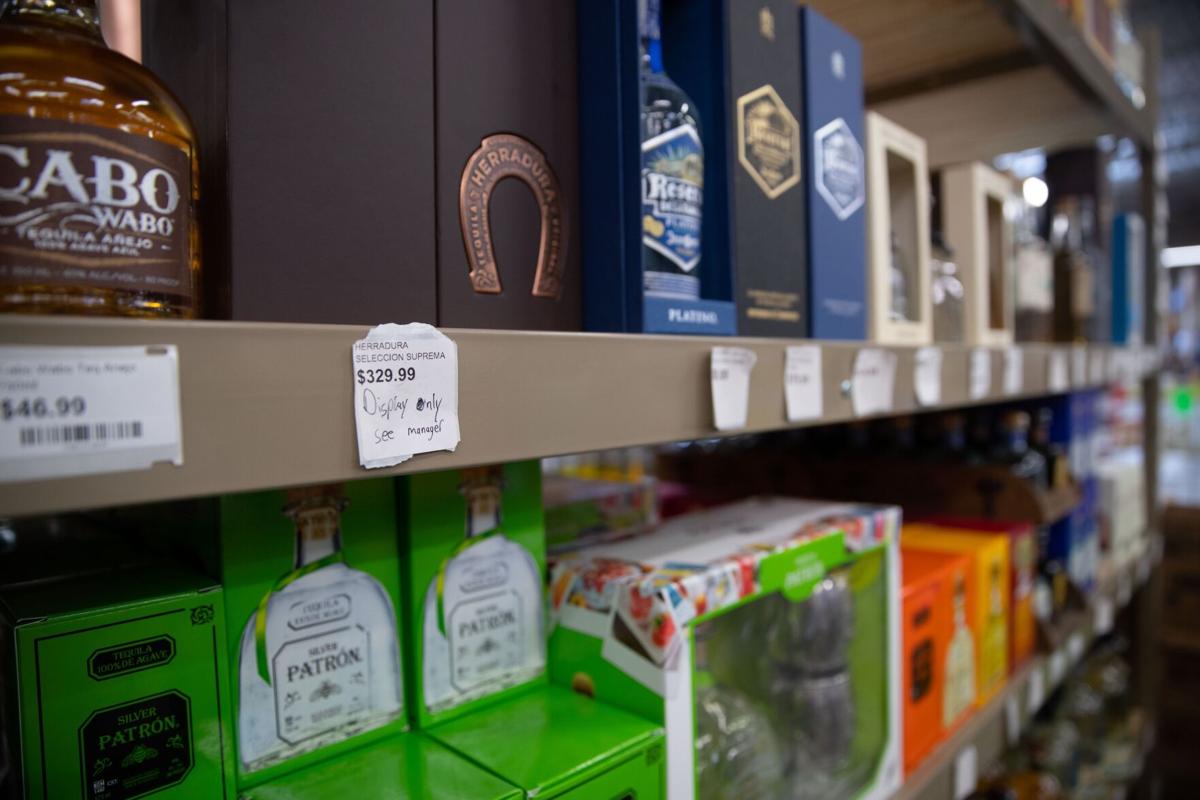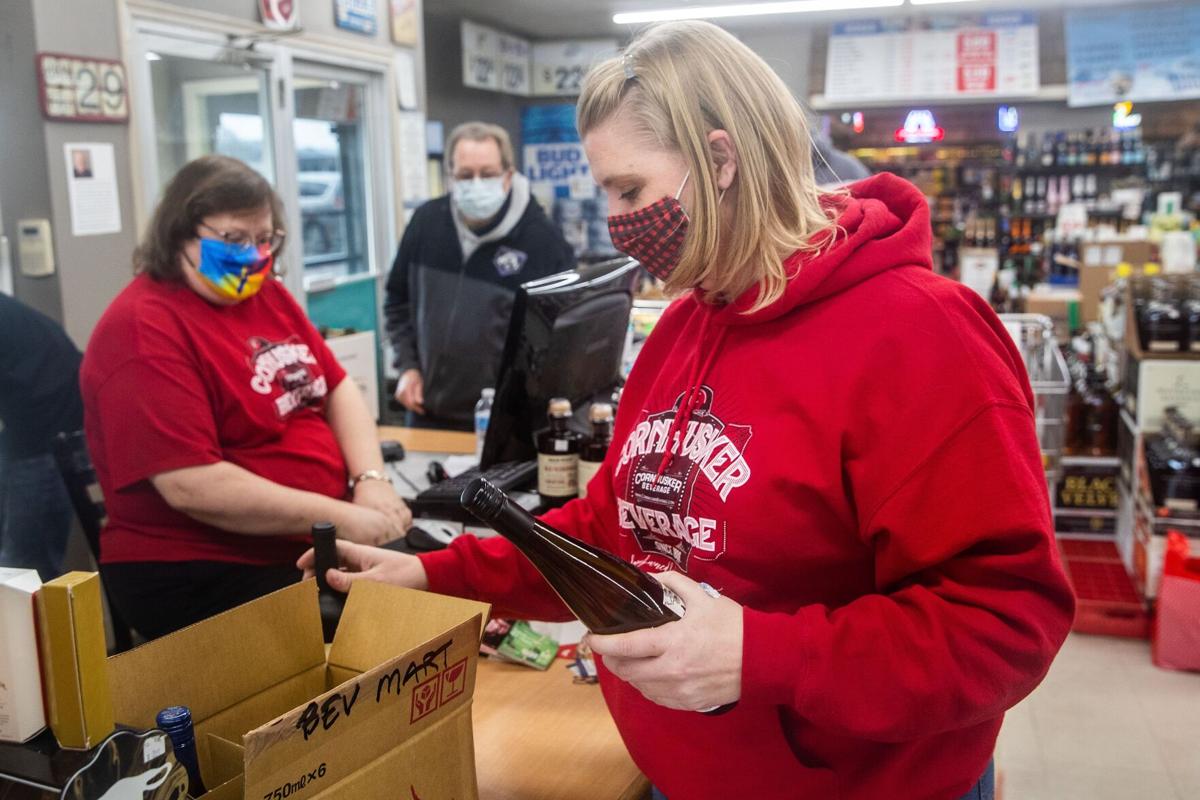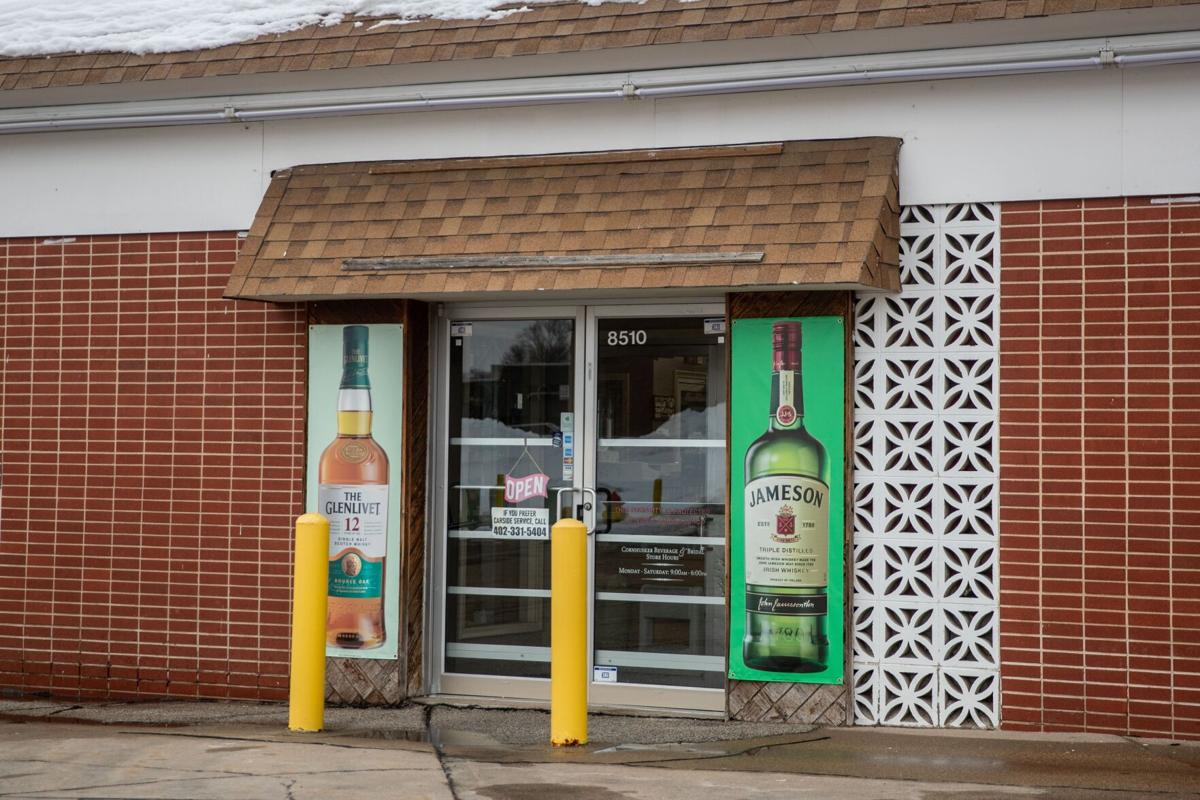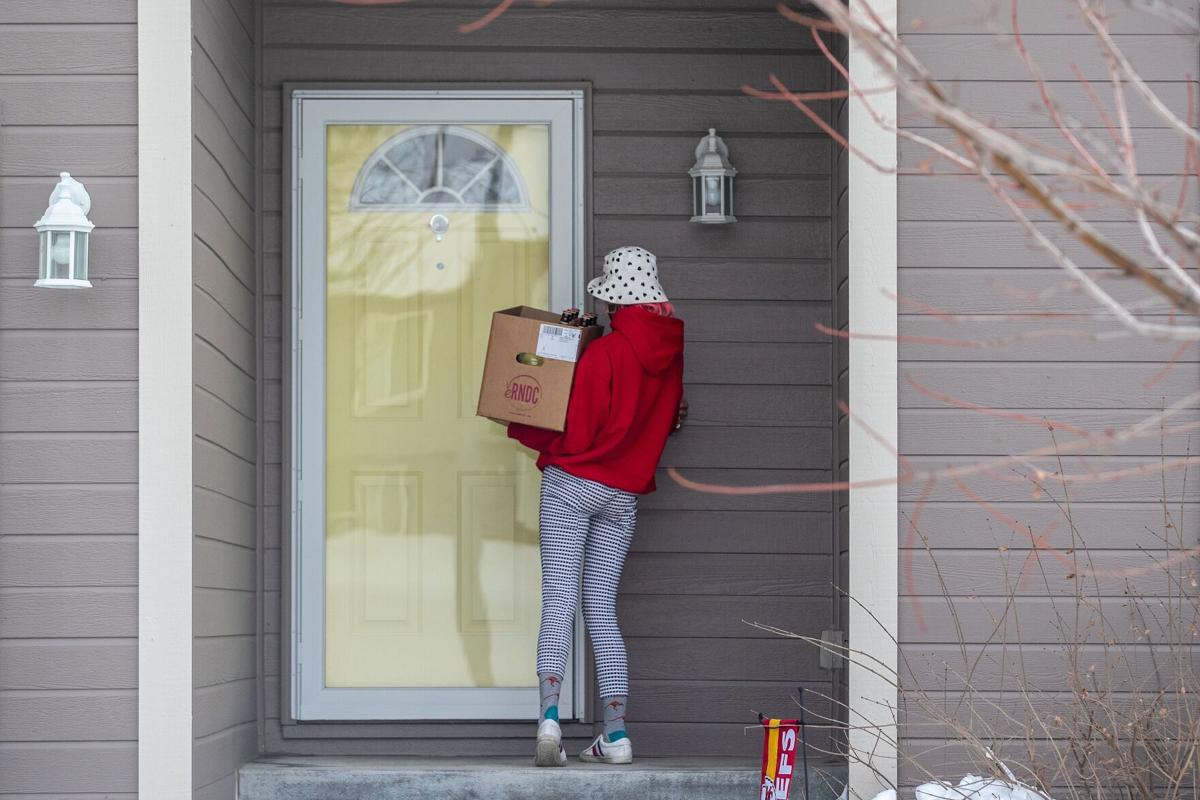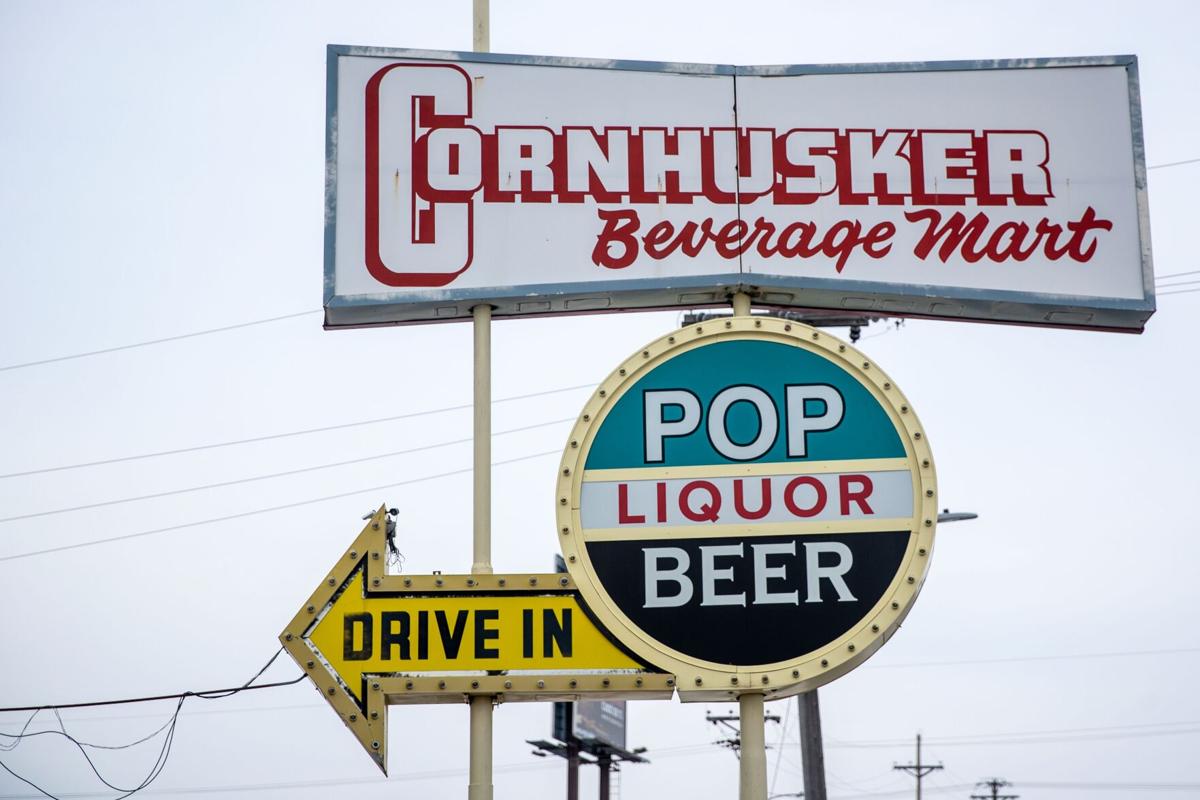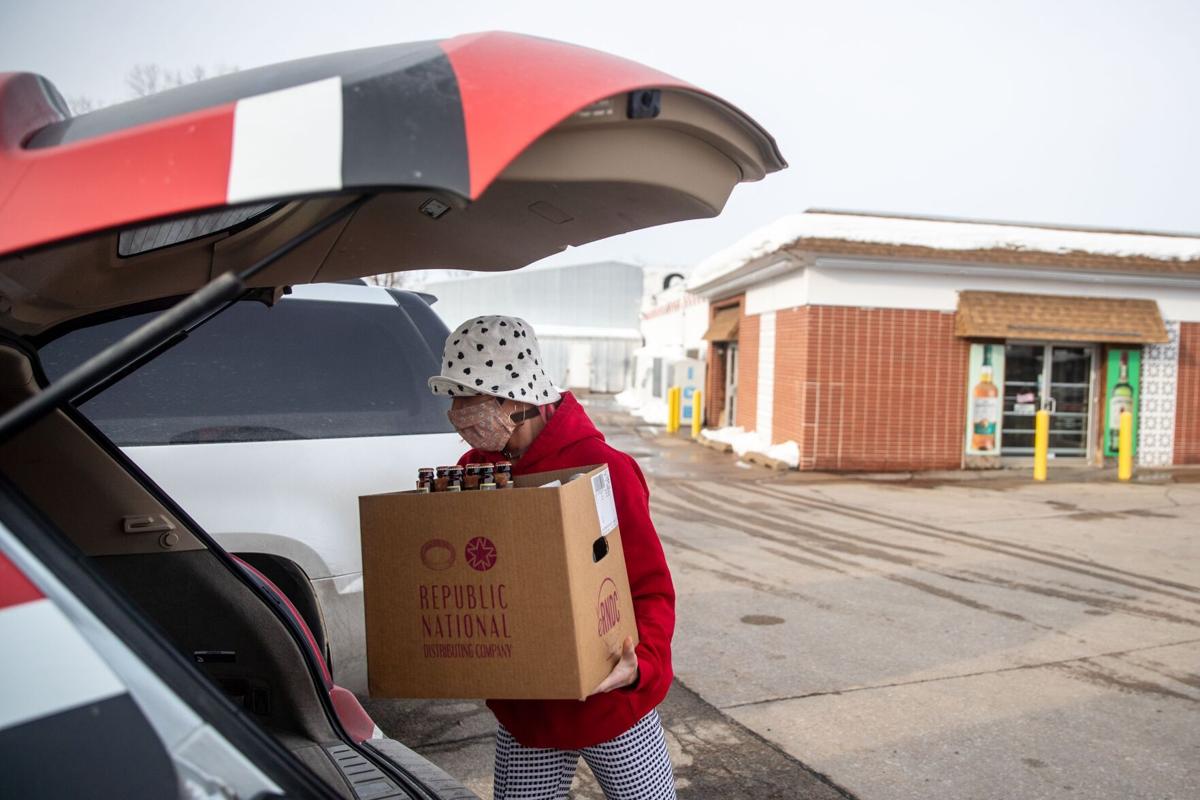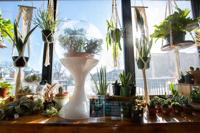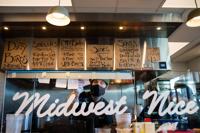By W. Blake Gray | Posted Monday, 01-Feb-2021
Some day soon a bottle of Château Margaux will come with additional mandatory labels, including a big black-and-white one that says something like "Wine Kills."
That was one of several warnings from an online seminar last week hosted by the nonprofit wine advocacy group Areni about upcoming initiatives from the European Union and OIV (International Organization of Vine and Wine.)
Wines sold in Europe are expected to require labels with calorie information as well as any additives (like tartaric acid or water) by 2022.
As for the cigarette-like health warning, that is likely to be recommended by the World Health Organization, which is taking an increasingly dim view of alcohol consumption.
Asked if the Wine Kills label is coming soon, CEEV secretary general Ignacio Sanchez Recarte said, "Maybe not in two or three years, but yes. We are under attack.
We may survive with new rules on product labeling. But the disruption of these anti-alcohol forces, with WHO leading that, is dramatic."
It will probably infuriate many European vignerons to learn that the organization that lobbies for them, the Comité Européen des Entreprises Vins (CEEV), is actually leading the charge to require two additional labels.
CEEV secretary general Recarte said his organization believes that by lobbying Brussels for standardized ingredient labeling in the EU, they can stave off more severe demands that might otherwise be imposed. Recarte said momentum has been building for wine to lose its exemption from the ingredient labels required on all other foods.
"The wine sector concentrate too much on ourself," Recarte said. "We didn't look at the horizontal laws that apply to cookies and the rest of the elements that apply to food. We were exempted. Suddenly 10 years ago the debate explode on, why the wine should be exempted from the nutritional information? The EU said there is no reason, but I'm not going to regulate now. I'm asking the alcoholic beverage to present a self-regulation. We realize it is impossible to work in a voluntary way in Europe. There are hundreds of thousands of producers.
"We wanted to have the legal certainty for our producers to know if they are using a substance if they list it on the label or not," Recarte said. "In other industries, it is up to the producer to decide if they must list it. We wanted legal certainty."
Being transparent
The position that CEEV is asking EU to approve is to require two new labels. The first would be the standard nutritional information label on all food products, but Recarte says CEEV hopes that instead of including fats, salt, etc., wine will be allowed to have an abbreviated version showing only calories. Moreover, so that wineries won't have to print out the nutrition information in all 24 European languages, CEEV is hoping to simply use a symbolic "e" and the numbers.
"These will be based on average values. The same as the food," Recarte said. "Not every year will you have to change because you have one kilocalorie more or one kilocalorie less."
In the US the wine industry has fought hard against ingredient labeling, but the CEEV is recommending it for the EU and expects it to be adopted by 2022. Recarte said the CEEV is trying to soften the blow by getting the EU to approve a QR code label that would lead to ingredient information on the winery's website. That would have the huge advantage of not requiring "Grapes, tartaric acid, sulfites" to be translated into 24 languages.
To be clear, all wineries will have to use these labels to sell wine in Europe: Australian, Chilean, wherever. The negotiations were begun while the UK was part of the EU and it's currently not clear what will happen with label requirements in the UK after Brexit.
Monika Christmann, an enology professor in Geisenheim University who is also vice president of OIV, said ingredient labeling will change how some wines are made. Winemaking techniques will not need to be listed on the label, nor – Recarte expects – will processing aids that do not remain in the final product. Christmann says that means large wineries especially will seek to use elaborate technological means to replace currently commonplace additions like tartaric acid.
"Instead of adding tartaric acid or malic acid, we can work with bipolar membranes which allow us to filter out components that are binding acidity," Christmann said.
Water is sometimes added to wine to reduce its alcohol percentage. This is commonplace in the US and Australia but, before global warming, was not as common in Europe. Now, instead of simply adding innocuous H2O, wineries may use techniques like reverse osmosis to reduce alcohol.
"De-alcoholization will not need to be on the label, but addition of water will need to be on the label," said Areni executive director Pauline Vicard. "There's no rule for cookies where you need to know how the cookie was made: what kind of oven, and at what temperature. Producers will have the option on the e-label for any kind of process you want to list."
Recarte said he expects the regulations to be adopted by Brussels this summer, and required for all wines sold in Europe by the end of 2022.
"It applies to when wines are released on the market, not the harvest date," Vicard said. "If your product is already on the market, you don't have to relabel it."
Even these major concessions will not stem the anti-alcohol movement led by WHO, Recarte warned. He said the WHO will recommend eliminating alcohol sales at subway stops and sports events, and is likely to recommend minimum pricing. Ireland is at the forefront of that move with a proposed law that has yet to be activated that would require a minimum price of 7 euros for a bottle of wine – a surprisingly high price for the cheapest wine in a European country.
"Twenty-five years ago something similar started with tobacco," Christmann said. "Nobody would have thought it would go in a direction where not many people would be smoking anymore. For alcohol it's a little bit different story. We often say alcohol in general but we don't see a difference between alcoholic beverages. We see that there is a very strong movement from WHO against alcohol consumption in general. It's very different in different areas of the world. In Scandinavia every different drop of alcohol seems to be dangerous while in southern Europe it seems to be part of daily life. We cannot just say wine is alcohol. Wine is more than that."
Europe Eyes Up Ingredient Labeling for Wine | Wine-Searcher News & Features - Wine-Searcher


